
Instant Bcaa
Instant Bcaa is a micronized and instantised powder for preparing/mixing into sports drinks or shakes. The branched-chain amino acids (BCAA) leucine, isoleucine and valine, combined in the advantageous 3:1:1 ratio, belong to the essential amino acids which the body cannot produce itself. Your body can use BCAAs to build muscle protein and produce energy. They may also have an effect on your brain that reduces fatigue. BCAAs make up a large chunk of the body’s total amino acid pool.

Glycine
Glycine is an amino acid that has a single hydrogen atom as its side chain. It is the simplest stable proteinogenic amino acid Glycine is also an inhibitory neurotransmitter – interference with its release within the spinal cord (such as during a Clostridium tetani infection) can cause spastic paralysis due to uninhibited muscle contraction. Glycine is integral to the formation of alpha-helices in secondary protein structure due to its compact form. For the same reason, it is the most abundant amino acid in collagen triple-helices.

Alanine
Alanine is an alpha-amino acid that is used in the biosynthesis of proteins. It contains an amine group and a carboxylic acid group, both attached to the central carbon atom which also carries a methyl group side chain. Consequently, its IUPAC systematic name is 2-aminopropanoic acid, and it is classified as a nonpolar, aliphatic α-amino acid. Under biological conditions , it exists in its zwitterionic form with its amine group protonated (as −NH3+) and its carboxyl group deprotonated (as −CO2−). Alanine is an aliphatic amino acid.

Arginine
Arginine is an amino acid that helps the body build protein.Your body usually makes all the L-arginine it needs. Arginine is also found in most protein-rich foods, including fish, red meat, poultry, soy, whole grains, beans and dairy products.As a supplement, L-arginine can be used orally and topically. Arginine is an essential amino acid for birds, as they do not have a urea cycle.Arginine is synthesized from citrulline in the urea cycle by the sequential action of the cytosolic enzymes (ASS) and (ASL).

Threonine
The threonine residue is susceptible to numerous post translational modifications. The hydroxyl side-chain can undergo O-linked glycosylation. In addition, threonine residues undergo phosphorylation through the action of a threonine kinase. In its phosphorylated form, it can be referred to as phosphothreonine. Threonine sidechains are often hydrogen bonded; the most common small motifs formed are based on interactions with serine: ST turns, ST motifs and ST staples (usually at the middle of alpha helices).

Tryptophan
Tryptophan is an alpha-amino acid that is used in the biosynthesis of proteins. Tryptophan contains an α-amino group, an α-carboxylic acid group, and a side chain indole, making it a polar molecule with a non-polar aromatic beta carbon substituent. Tryptophan is among the less common amino acids found in proteins, but it plays important structural or functional roles whenever it occurs. Tryptophan, along with other aromatic amino acids, is also important in glycan-protein interactions.

Tyrosine
Tyrosine or 4-hydroxyphenylalanine is one of the 20 standard amino acids that are used by cells to synthesize proteins. It is a non-essential amino acid with a polar side group. The word "tyrosine" is from the Greek tyrós, meaning cheese, as it was first discovered in 1846 by German chemist Justus von Liebig in the protein casein from cheese. A tyrosine residue also plays an important role in photosynthesis. In chloroplasts (photosystem II), it acts as an electron donor in the reduction of oxidized chlorophyll.
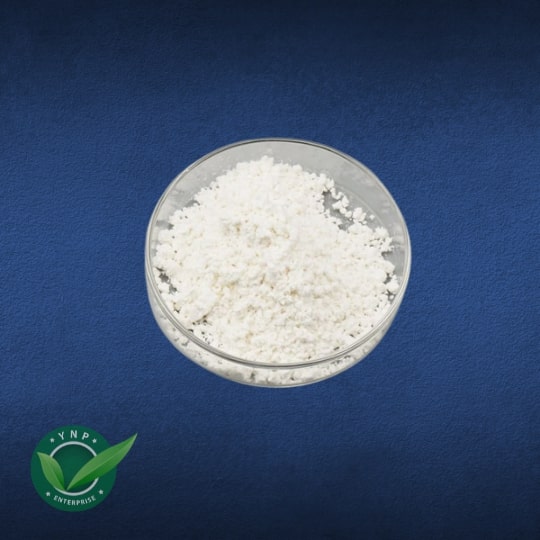
Theanine
Theanine is also known as L-γ-glutamylethylamide and N5-ethyl-L-glutamine, is an amino acid analogue of the proteinogenic amino acids L-glutamate and L-glutamine and is found primarily in particular plant and fungal species. It was discovered as a constituent of green tea in 1949. Theanine is found primarily in plant and fungal species. It was discovered as a constituent of tea (Camellia sinensis) in 1949, and in 1950 a laboratory in Kyoto successfully isolated it from gyokuro leaf, which has high theanine content.
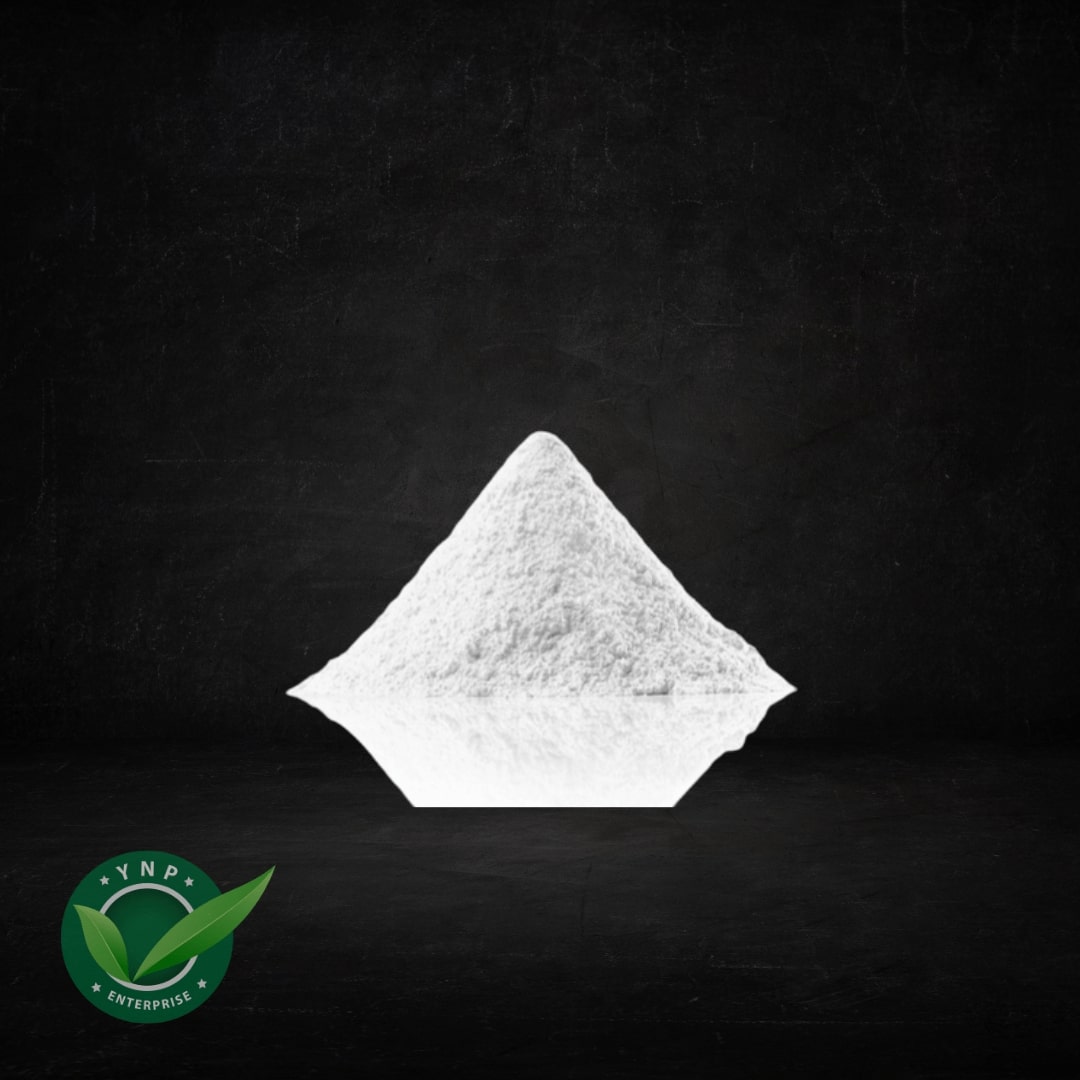
Glutamine
Glutamine is an α-amino acid that is used in the biosynthesis of proteins. Its side chain is similar to that of glutamic acid, except the carboxylic acid group is replaced by an amide. It is classified as a charge-neutral, polar amino acid. Glutamine is produced industrially using mutants of Brevibacterium flavour, which gives ca. 40 g/L in 2 days using glucose as a carbon source. Glutamine is synthesized by the enzyme glutamine synthetase from glutamate and ammonia.

Histidine Base
Histidine Base is an essential amino acid that plays several important roles in the body, including maintaining digestive health and promoting tissue repair. L-histidine, specifically, cannot be formed by other nutrients and must be present within one's diet. Histidine base is important because it helps in the growth of new tissue and the repair of old tissue. Histidine Base is important because it helps in the growth of new tissue and the repair of old tissue.

Histidine Hcl
is the obligate precursor of histamine, which is produced via the decarboxylation of the amino acid. In experimental animals, tissue histamine levels increase as the amount of dietary L-histidine increases. It is likely that this would be the case in humans as well. Histamine is known to possess immunomodulatory and antioxidant activity. Histidine hydrochloride is known to possess immunomodulatory and antioxidant activity. Suppressor T cells have H2 receptors, and histamine activates them.
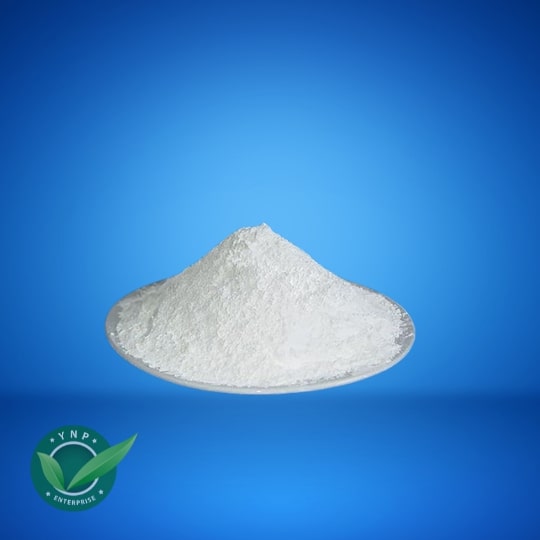
Leucine
Leucine is an α-amino acid, meaning it contains an α-amino group (which is in the protonated −NH3+ form under biological conditions), an α-carboxylic acid group (which is in the deprotonated −COO− form under biological conditions), and a side chain isobutyl group, making it a non-polar aliphatic amino acid. It is essential in humans, meaning the body cannot synthesize it: it must be obtained from the diet. Leucine toxicity, as seen in decompensated maple syrup urine disease, causes delirium and neurologic compromise.
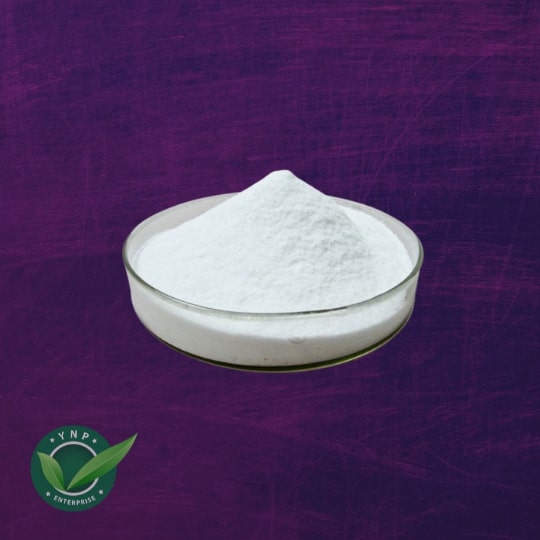
Lysine Base
Lysine Base, is an essential amino acid, meaning it is necessary for human health, but the body cannot make it. You have to get lysine from food or supplements. Amino acids like lysine are the building blocks of protein. Lysine is important for proper growth, and it plays an essential role in the production of carnitine, a nutrient responsible for converting fatty acids into energy and helping lower cholesterol. Lysine (abbreviated as Lys or K)[1], encoded by the codons AAA and AAG) is an ɑ-amino acid that is used in the biosynthesis of proteins.

L Carnitine L Tartrate(lclt)
L-carnitine L-tartrateis a dietary supplement containing the levo-enantiomers of carnitine and tartrate with potential chemoprotective and antioxidant activities. L-carnitine L-tartrate increases fatty acid oxidation and reduces purine catabolism and free radical formation, which may prevent exercise fatigue, muscle weakness, chemotherapy-induced peripheral neuropathy, and hyperlipoproteinemia. It can cause side effects such as stomach upset, heartburn, diarrhea, and seizures.

Glutamic Acid
Glutamic acid is an amino acid used to form proteins. In the body it turns into glutamate. This is a chemical that helps nerve cells in the brain send and receive information from other cells. It may be involved in learning and memory. It may help people with hypochlorhydria. Glutamic acid exists in three optically isomeric forms; the dextrorotatory l-form is usually obtained by hydrolysis of gluten or from the waste waters of beet-sugar manufacture or by fermentation. It is encoded by the codons GAA or GAG.
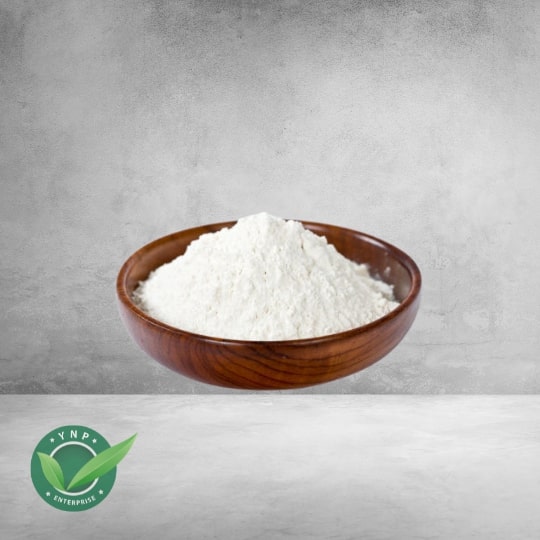
L Ornithine L Aspartate
L-ornithine-L-aspartate is a chemical made up of the two amino acids ornithine and aspartic acid. Most amino acids are used as building blocks to make protein. But L-ornithine-L-aspartate is not used to make protein. Instead it is broken down in the body to provide ornithine and aspartic acid. L-ornithine-L-aspartate is most commonly used for reduced brain function in people with advanced liver disease (hepatic encephalopathy).

Phenylalanine
Phenylalanine is classified as neutral, and nonpolar because of the inert and hydrophobic nature of the benzyl side chain. The L-isomer is used to biochemically form proteins coded for by DNA. Phenylalanine is a precursor for tyrosine, the monoamine neurotransmitters dopamine, norepinephrine (noradrenaline), epinephrine (adrenaline), and the skin pigment melanin. Phenylalanine is found naturally in the breast milk of mammals. It is used in the manufacture of food and drink products.

Pyroglutamic Acid
Pyroglutamic acid is essential amino acid is classified as neutral, and nonpolar because of the inert and hydrophobic nature of the benzyl side chain. The L-isomer is used to biochemically form proteins coded for by DNA. Phenylalanine is a precursor for tyrosine, the monoamine neurotransmitters dopamine, norepinephrine (noradrenaline), epinephrine (adrenaline), and the skin pigment melanin. Pyroglutamate is found in many proteins including bacteriorhodopsin.

Valine
Valine contains an α-amino group (which is in the protonated −NH3+ form under biological conditions), an α-carboxylic acid group (which is in the deprotonated −COO− form under biological conditions), and a side chain isopropyl group, making it a non-polar aliphatic amino acid. Valine, like other branched-chain amino acids, is synthesized by plants, but not by animals. It is therefore an essential amino acid in animals, and needs to be present in the diet. Adult humans require about 24 mg/kg body weight daily.

Isoleucine
Isoleucine is an α-amino acid that is used in the biosynthesis of proteins. It contains an α-amino group (which is in the protonated −NH+3 form under biological conditions), an α-carboxylic acid group (which is in the deprotonated −COO− form under biological conditions), and a hydrocarbon side chain with a branch (a central carbon atom bound to three other carbon atoms). Isoleucine is synthesized from pyruvate employing leucine biosynthesis enzymes in other organisms such as bacteria.
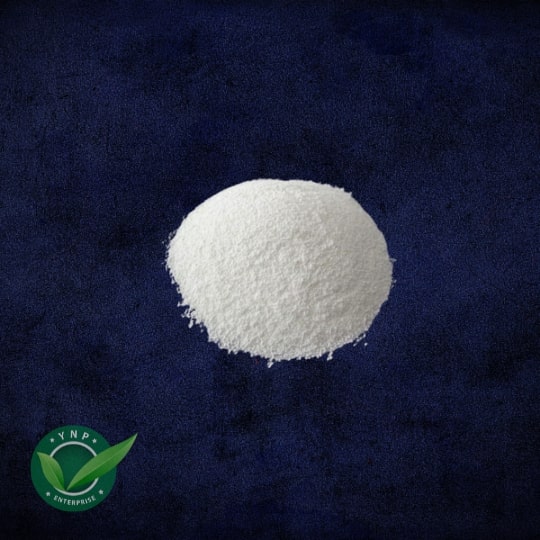
Arginine Alpha Ketoglutarate
Arginine Alpha Ketoglutarate is a compound made from the amino acid L-arginine and alpha-ketoglutarate (AKG) a substance formed in the body's energy-generating process. It has been speculated that AAKG may increase production in muscles of nitric oxide, a substance known to have blood-flow-enhancing effects. It is the source of the amino acids glutamate and glutamine. Glutamate is the main excitatory neurotransmitter in the brain and can increase bone formation. Glutamine is the main source of energy for cell division.
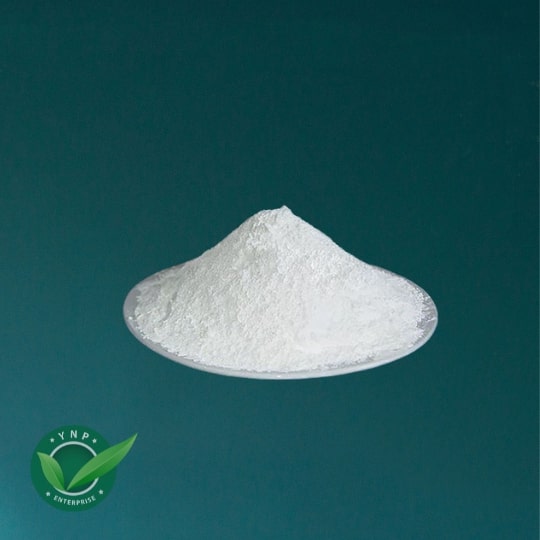
Lysine Hcl
Lysine hydrochloride is the hydrochloride salt of Lysine It contains a L-lysine. ChEBI. An essential amino acid. It is often added to animal feed. Lysine hydrochloride is taken by mouth to improve athletic performance and for improving symptoms of schizophrenia. Lysine hydrochloride is also used to reduce symptoms of canker sores, and for diabetes, high triglyceride levels in the blood, muscle strength, stress, and a metabolic condition called metabolic alkalosis.
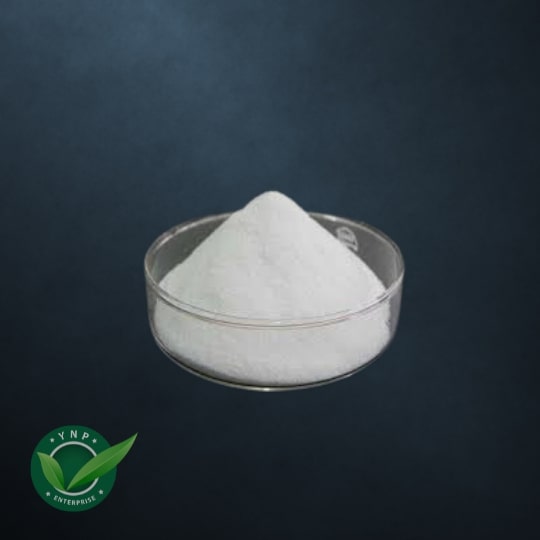
Methionine
Methionine is an essential amino acid in humans. As the precursor of other amino acids such as cysteine and taurine, versatile compounds such as SAM-e, and the important antioxidant glutathione, methionine plays a critical role in the metabolism and health of many species, including humans. Methionine (abbreviated as Met or M; encoded by the codon AUG) is an α-amino acid that is used in the biosynthesis of proteins.
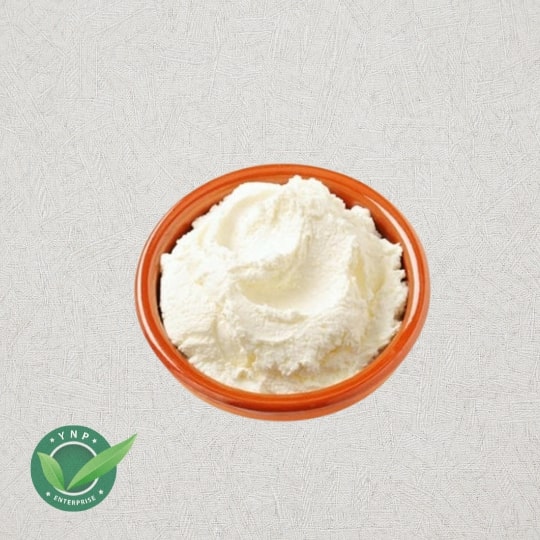
Arginine Aspartate
Arginine aspartate is an ingredient in products indicated to treat exhaustion during stress, endurance sports, or in the elderly. L-arginine-L-aspartate is widely used by athletes for its potentially ergogenic properties. However, only little information on its real efficacy is available from controlled studies. What is the effect of aspartate? Arginine aspartate are used to increase absorption of the minerals they are combined with and to enhance athletic performance.
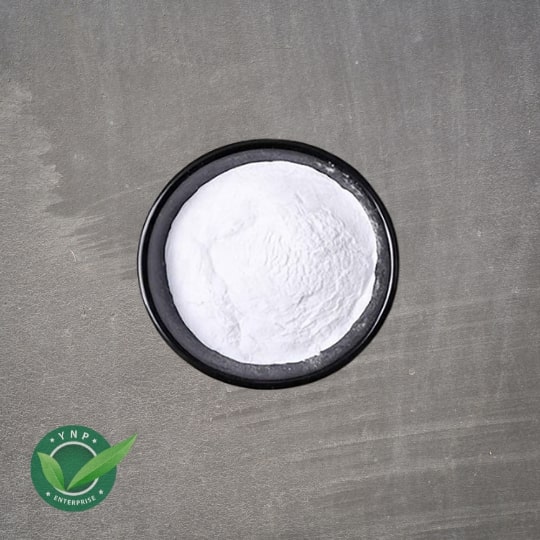
Arginine Hcl
Arginine Hydrochloride is the hydrochloride salt form of arginine, an essential amino acid in juvenile humans. Arginine Hydrochloride is a complex amino acid, often found at active sites in proteins and enzymes due to its amine-containing side chain. Arginine Hydrochloride may prevent or treat heart and circulatory diseases, combat fatigue, and stimulate the immune system. It also boosts production of nitric oxide, relaxing blood vessels, and treating angina and other cardiovascular problems.
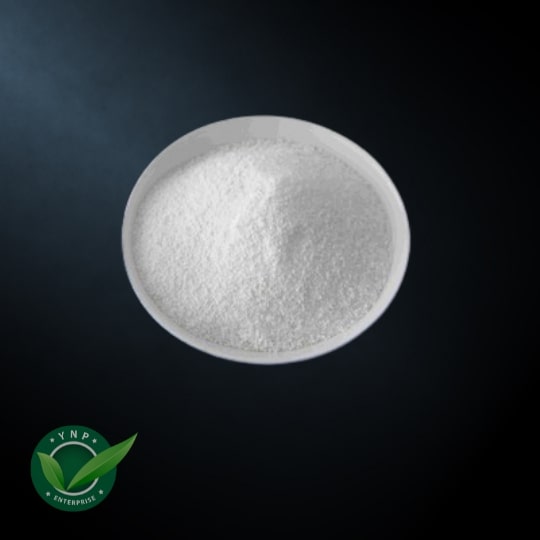
Arginine Nitrate
Arginine nitrate is a kind of amino acid that is one the fundamental building blocks of protein. It effectively promotes muscle growth and at the same time efficiently boosts protein synthesis right after a physically challenging workout or strenuous activity. This is the primary reason why this supplement is the top choice for athletes and body-builders who want to take their performance to the next level. Arginine Nitrate is that it can naturally boost energy levels without the need for additional stimulants.
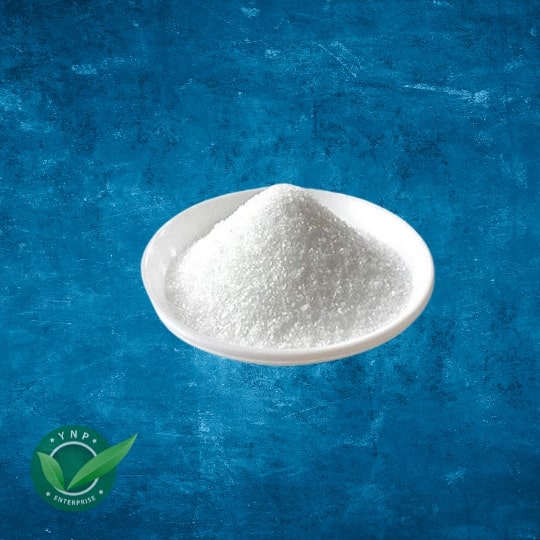
Aspartic Acid
Aspartic acid is an alpha-amino acid that is used in the biosynthesis of proteins. Like all other amino acids, it contains an amino group and a carboxylic acid. Its α-amino group is in the protonated –NH+3 form under physiological conditions, while its α-carboxylic acid group is deprotonated −COO− under physiological conditions. Aspartic acid has an acidic side chain (CH2COOH) which reacts with other amino acids, enzymes and proteins in the body. Aspartate acid has many other biochemical roles.
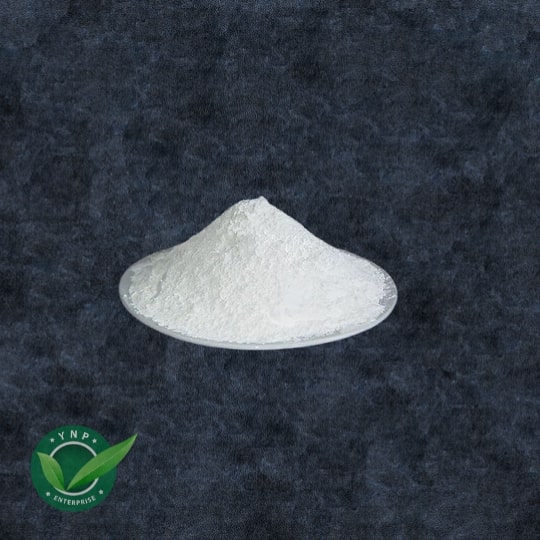
Carnitine Base
Carnitine Base is the base form, and further concentrated L-Carnitine. Once the compound is unstable and is hardly used, most commonly used are derivatives of L-Carnitine base in the form of tartar L-carnitine, acetyl L-carnitine or fumarate L-carnitine, among others. Carnitine Base is synthesized from the essential amino acids lysine and methionine (enough vitamin B1, thiamine, and B6, pyridoxine, must be available for this to take place).

Carnitine Hcl
Carnitine hydrochloride is a form of the natural substance carnitine that is being studied as a way to prevent tissue damage caused by chemotherapy. Carnitine is made in muscle and liver tissue and is found in certain foods, such as meat, poultry, fish, and some dairy products. It is used by many cells in the body to make energy from fat. Carnitine HCl is a neuromodulator that plays a vital role in fatty acid transport across mitochondrial membranes.

L Citrulline DL Malate
L-Citrulline DL-Malate is a combination of Citrulline, an amino acid that is produced naturally by the body and is found in the heart, muscles, and brain tissue, and Malate, the salt of malic acid that is found in fruits. . When combined with citrulline, malic acid has been shown to promote better absorption and higher bioavailability. This product is a 2:1 ratio of citrulline and malate. It removes the content from the blood, giving the muscles longer-lasting performance and faster recovery time.
 YNP ENTERPRISES
YNP ENTERPRISES